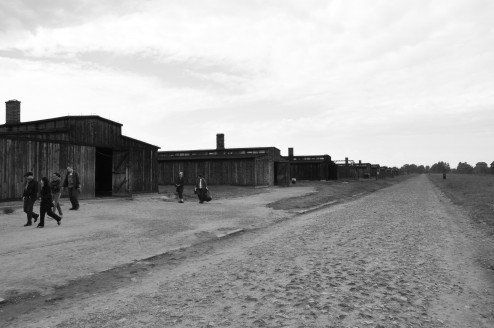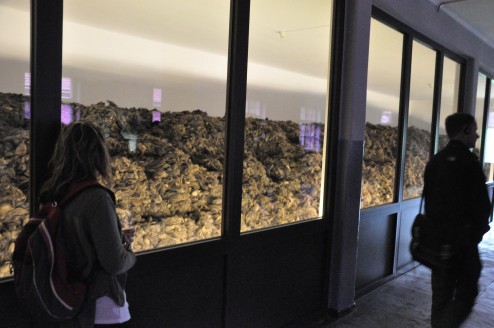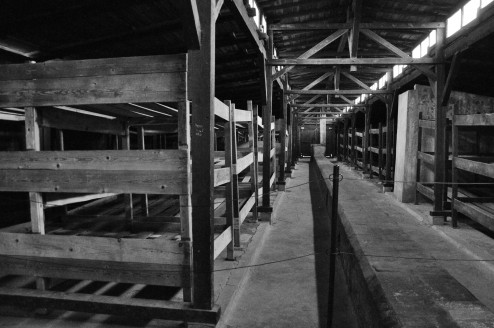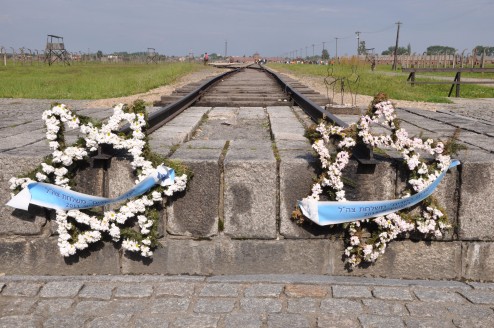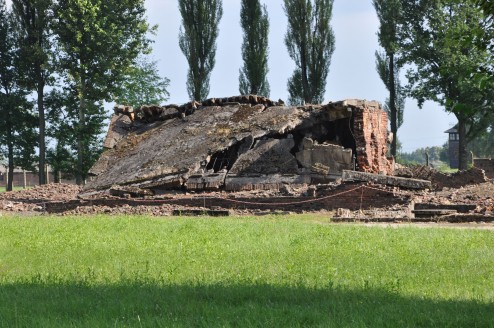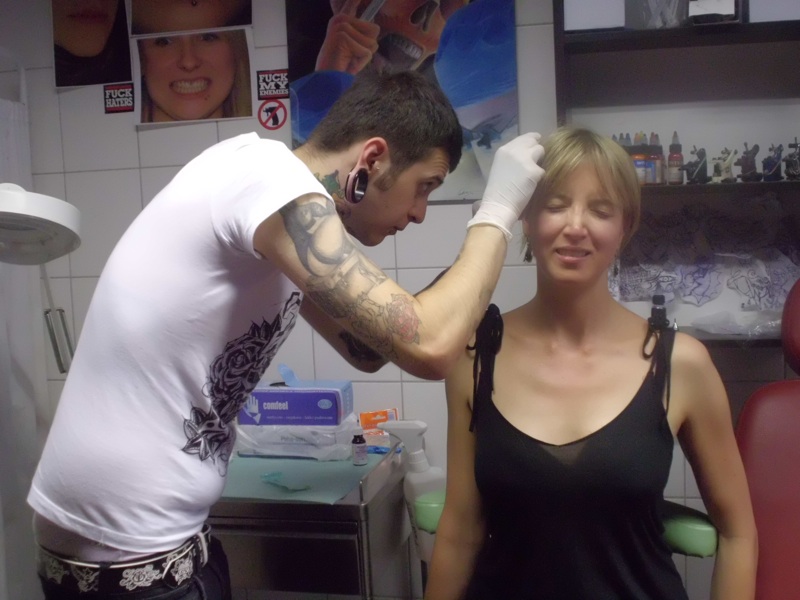It was my 4th visit to Paris. The city of lights. Allegedly a city of love. Just not my love.
On my first visit, as 2006 opened, my five-year relationship ended. In front of the Arc de Triompf. Champs de Elise will always carry memories of that moment.
My second time in Paris, a few weeks later, carries the opposite type of memories: new beginnings, “finding myself”, feeling naked and exposed with my shaved head I magically found my dreams found myself living in a model flat in the 16th district, looking at the Eifle Tower’s lights, strolling the Seine, running through streets and metro tunnels from casting to casting, job to job, café to café. I have fond memories with friends at the top of Sacre Cuer, fondues, parties, nightclubs, free dinners, free drinks… my brief glimpse of Paris’ glitz and glam.
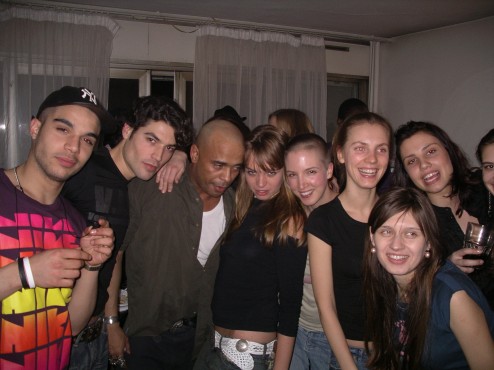

Toward the end of the year I returned for another season of shows. This time with new head of hair, and an evolving sense of who I was and what I wanted to do in life.
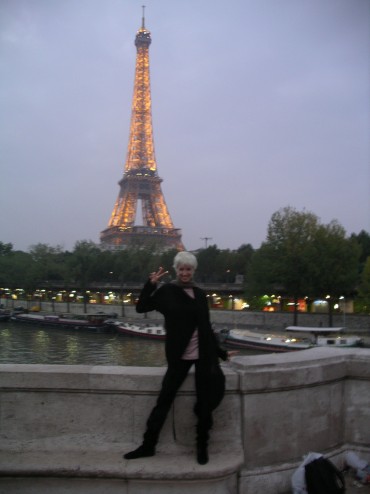

Five years have passed. Five years! Where did those years go??? Time. It passes too fast.
My fourth visit, now, in 2011, it was good to create some new memories. I took Lisa to my favourite places, ate my favourite foods…

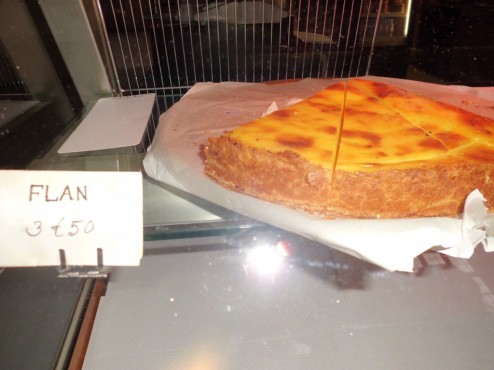
I caught up with some old friends and played “spot the difference”:
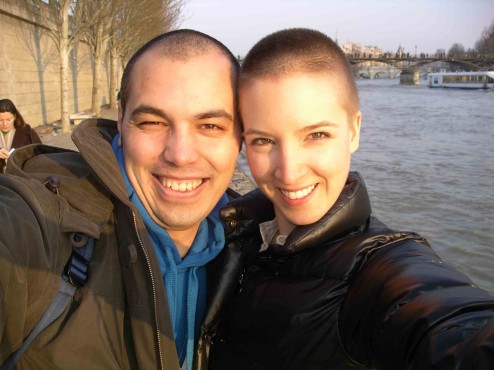
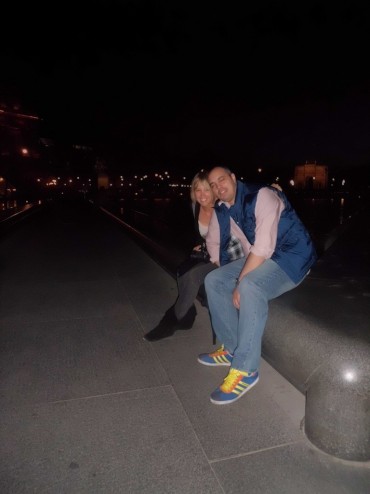
I added a long-awaited bridge-post photo to my series.
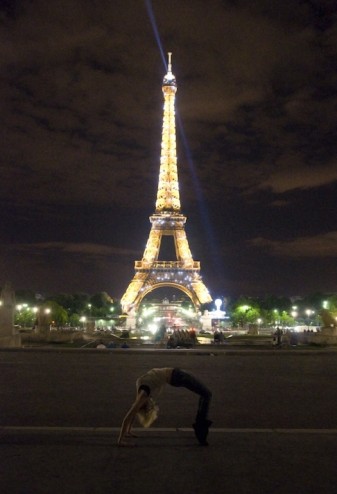
We took a “trip” to Disneyland with our Amsterdam doggie-bag.. enough said…

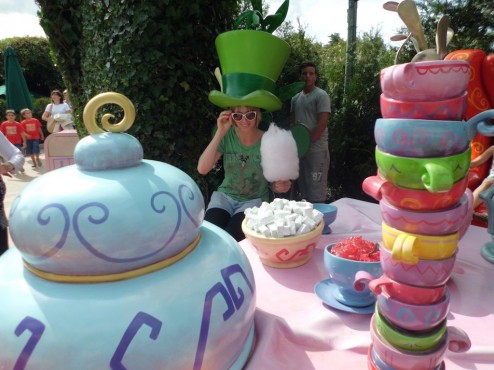
It seems an appropriate place for me to share an Alan Watt’s quote:
‘For Disneyland exists “as a mystery and a sign,” the land of the fake and the home of the bogus, prototype of the world to come. Even the birds in the trees are plastic, and sing through their hinged beaks with tiny loudspeakers. Plastic deer, bears, elephants, and bunny rabbits stand along the banks of artificial lakes and rivers, monotonously wagging their mechanical heads. Tourists, traveling by river boat through simulated jungle, have the thrill of seeing a plastic hippopotamus shot with a blank cartridge, and a varnished papier–mâché replica of the Swiss Family Robinson’s tree house which vibrates perpetually to the recorded music of an oom–pah–pah band (on a loop tape) going “Pom–pitty bom–pitty pom–pitty bompitty” for ever and ever. Though it takes hours to go through all the “shows,” a decent restaurant—let alone a bar—is nowhere to be found, since this is strictly sodapop–culture, where one must subsist upon hamburgers, hot dogs, ice cream, popcorn, or Fred Harvey–type meals.'[1]
I have had a few other bridge-pose photos lined up in my head for a while: on Champs de Elise, along the Seine, and the Eifle Tower by daylight with the background out of focus. When the day arrived my lens decided this wasn’t to be. A bad rattle sound. A plastic thing in the middle of the shutter…
“Maybe you would have broken your back? Maybe it’s a good thing?” Lisa tried to cheer me up.
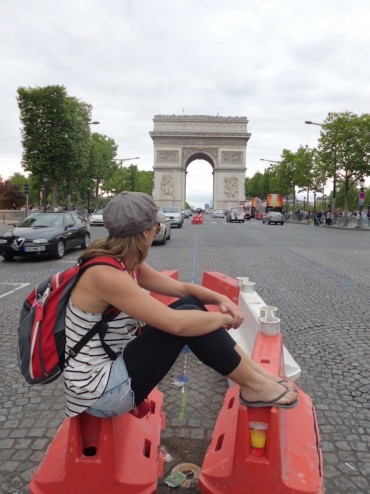
Quite possibly I’d have gotten run over on the Champs de Elise – the spot where I wanted to take the photo was a little dangerous – where Lisa sits, between the traffic.
The Eifle Tower shot I wanted would have involved a bridge on top of a stone wall. Maybe I’d have fallen.
The shot along the Seine would have been ruined by people and the smell of piss. Maybe I’d have caught a disease.
They’d have been great shots, if I’d survived them. Little did I know at the time, the death of my lens was the first of a string of bad luck to come…
[1]


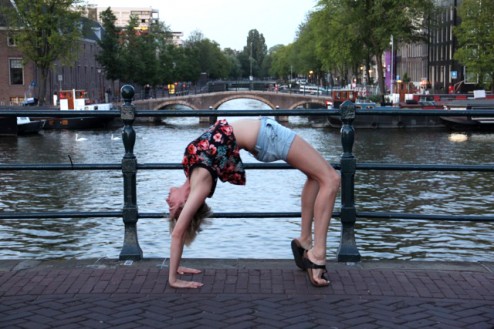 Amsterdam greeted us with wide-open arms. The sun was shining, the people smiling, “coffee shops” inviting.
Amsterdam greeted us with wide-open arms. The sun was shining, the people smiling, “coffee shops” inviting.
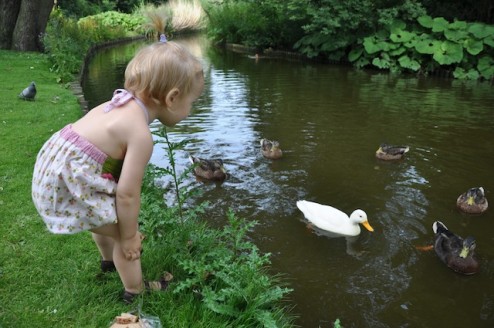 Feeding ducks
Feeding ducks
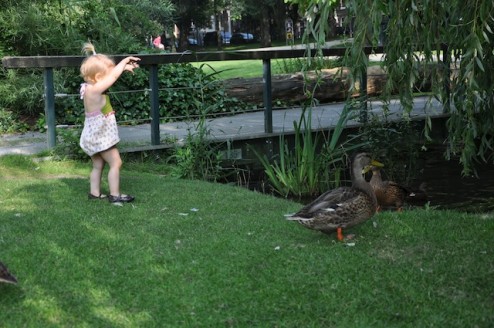 Roar!
Roar!
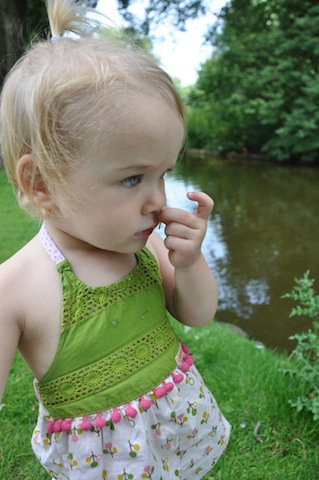 Smelling flowers
Smelling flowers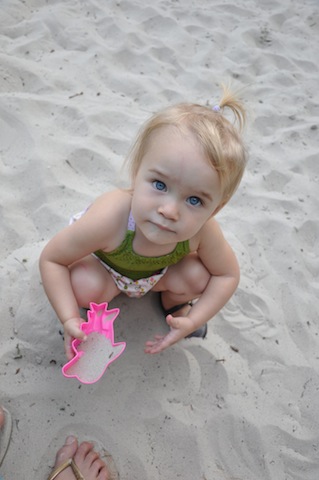 Playing in the sand
Playing in the sand
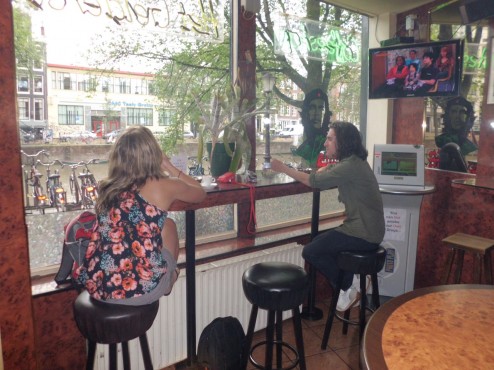
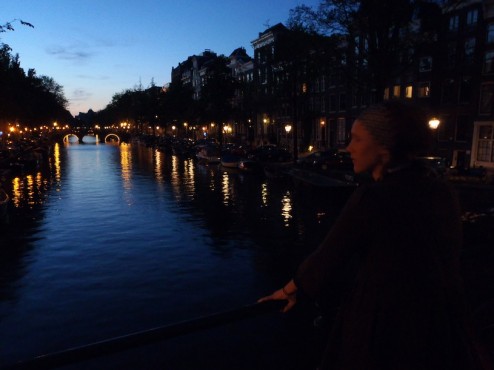



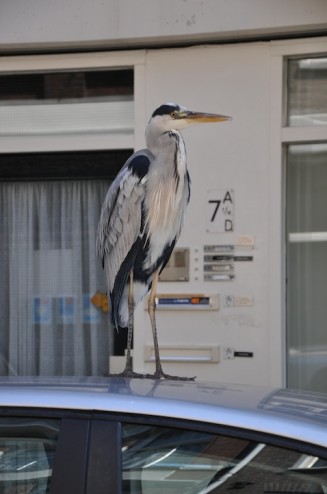


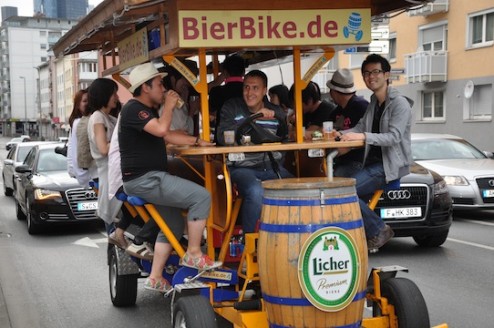
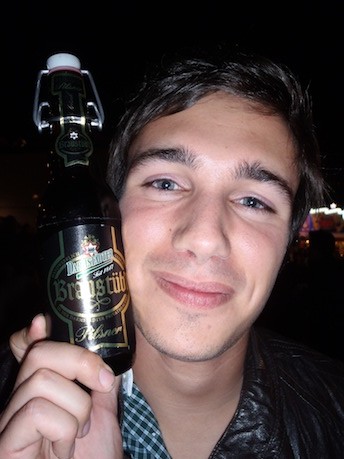
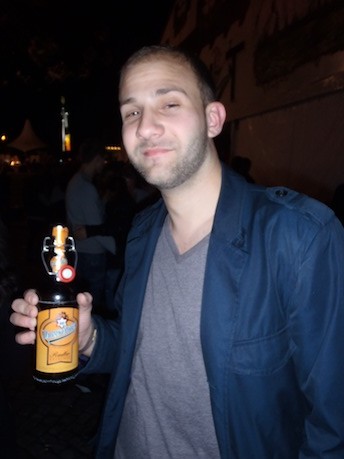


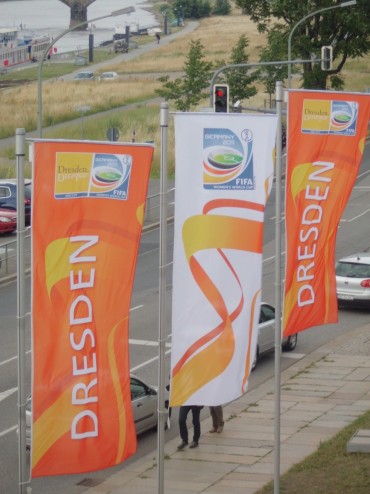 I hadn’t heard of a “micro-nation” until I got to Dresden. As you probably guessed, a micronation is a miniature nation within a bigger nation. Apparently I’d visited one – Cristiania back in Copenhagen. And “New Town” in Dresden was my second – well had I been there 20 years ago it would have been.
I hadn’t heard of a “micro-nation” until I got to Dresden. As you probably guessed, a micronation is a miniature nation within a bigger nation. Apparently I’d visited one – Cristiania back in Copenhagen. And “New Town” in Dresden was my second – well had I been there 20 years ago it would have been.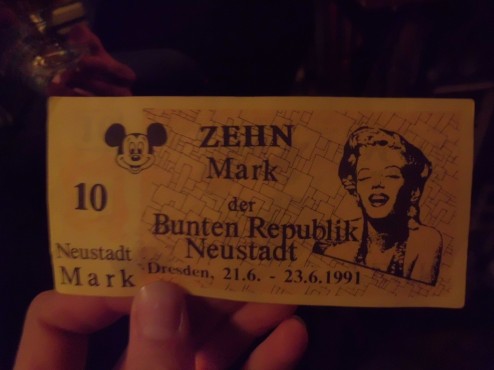

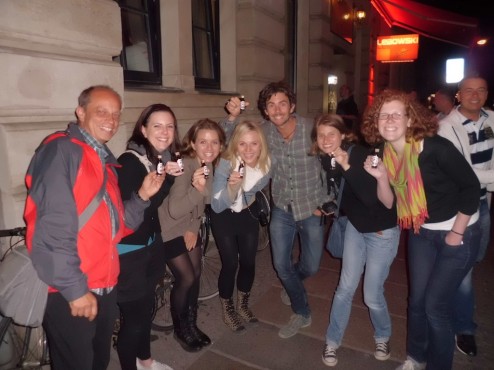
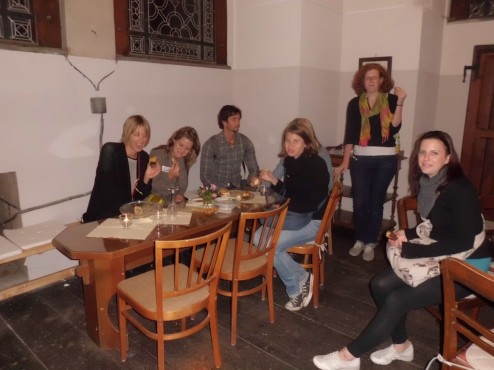

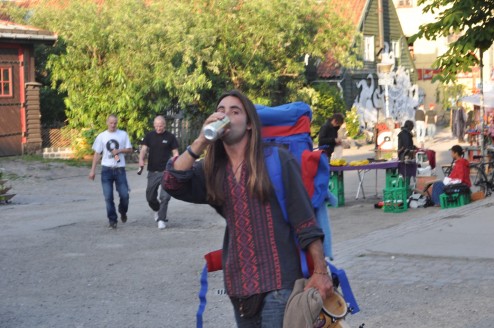 Even in Europe I seem to be drawn to South American cultures. Some hippies from Bolivia and Venezuela, as well as the Canary Islands, were selling jewelry on the street. Before long we were playing music, drinking beer, and joining the hippies and a crazy American family on an adventure to the anarchist town of Christiania.
Even in Europe I seem to be drawn to South American cultures. Some hippies from Bolivia and Venezuela, as well as the Canary Islands, were selling jewelry on the street. Before long we were playing music, drinking beer, and joining the hippies and a crazy American family on an adventure to the anarchist town of Christiania.

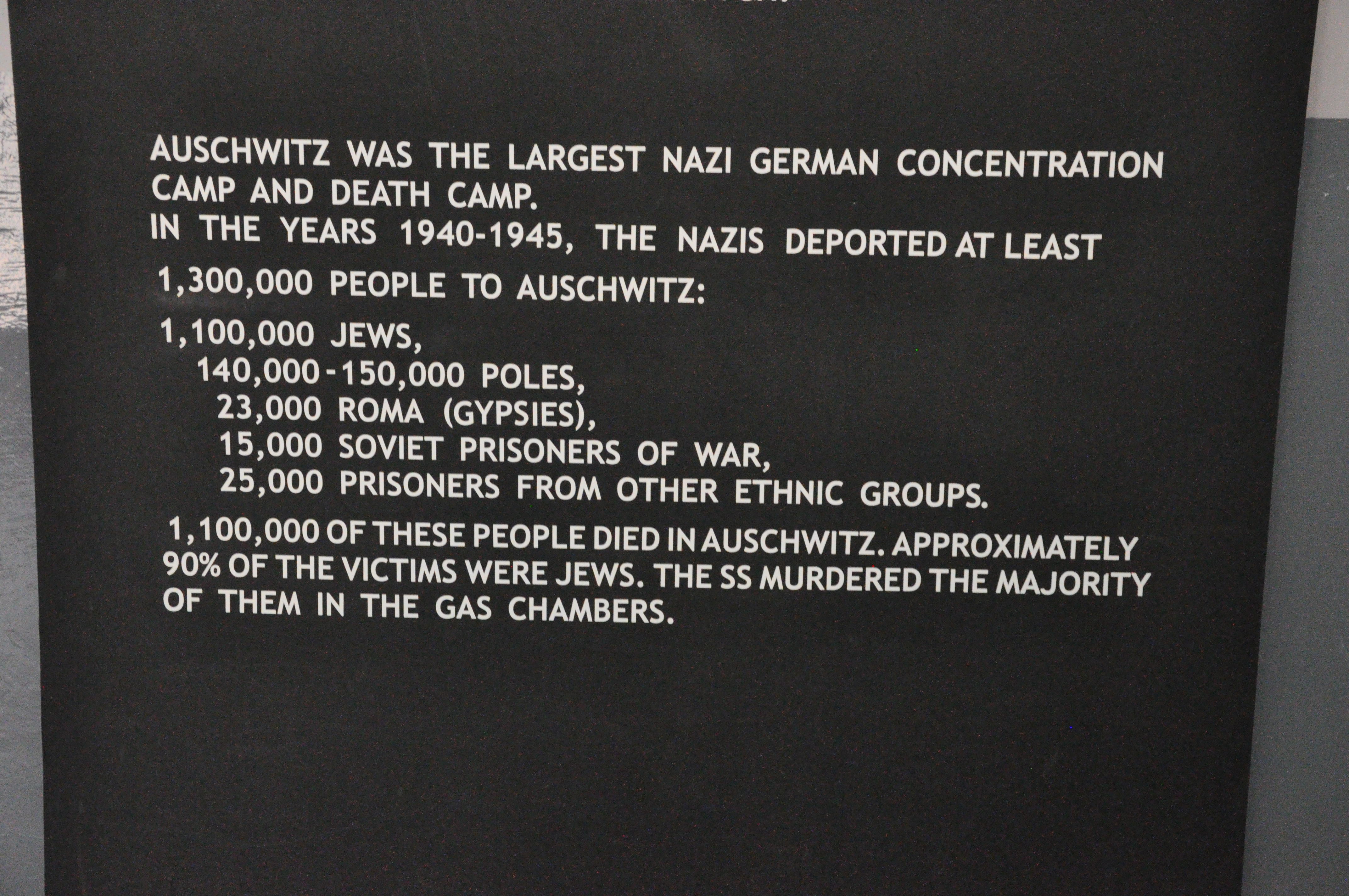
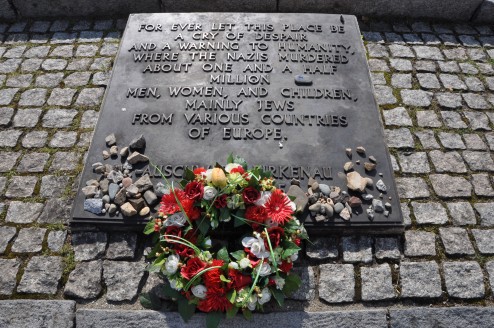 I hate the word “evil” for two reasons: (1) because of its religious connotations and (2) because its definition is relative and constantly changing. Same goes with “sin”. Two words with definitions that change depending who is in power.
I hate the word “evil” for two reasons: (1) because of its religious connotations and (2) because its definition is relative and constantly changing. Same goes with “sin”. Two words with definitions that change depending who is in power.